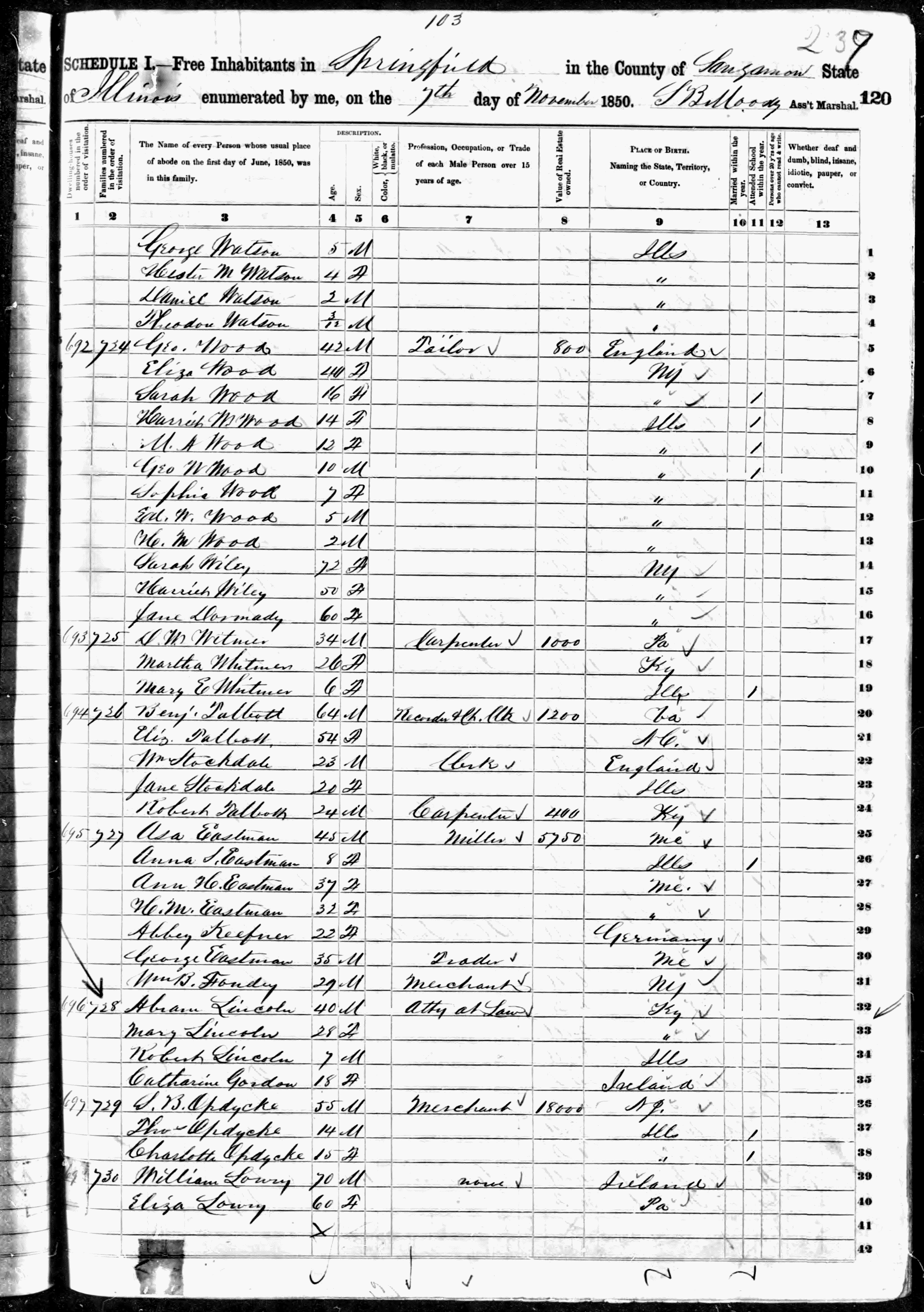



Some of the world’s largest cities have grown steadily for hundreds of years, while others appear to blossom overnight. For the next several millennia, cities continued to grow in number, size, and stature. Settling along waterways also provided a much-needed transportation system that facilitated trade. Agricultural production in these fertile areas meant that people could give up a nomadic lifestyle as hunters and gatherers to take advantage of food surpluses. Cities also formed along the Nile River in Egypt, the Indus River Valley on the Indian subcontinent, and the Yellow (or Huang) River in China, as people began to cultivate crops and settle in communities. These cities were among the many communities between the Euphrates and Tigris rivers (the so-called Fertile Crescent). The first cities appeared thousands of years ago in areas where the land was fertile, such as the cities founded in the historic region known as Mesopotamia around 7500 B.C.E., which included Eridu, Uruk, and Ur.


 0 kommentar(er)
0 kommentar(er)
